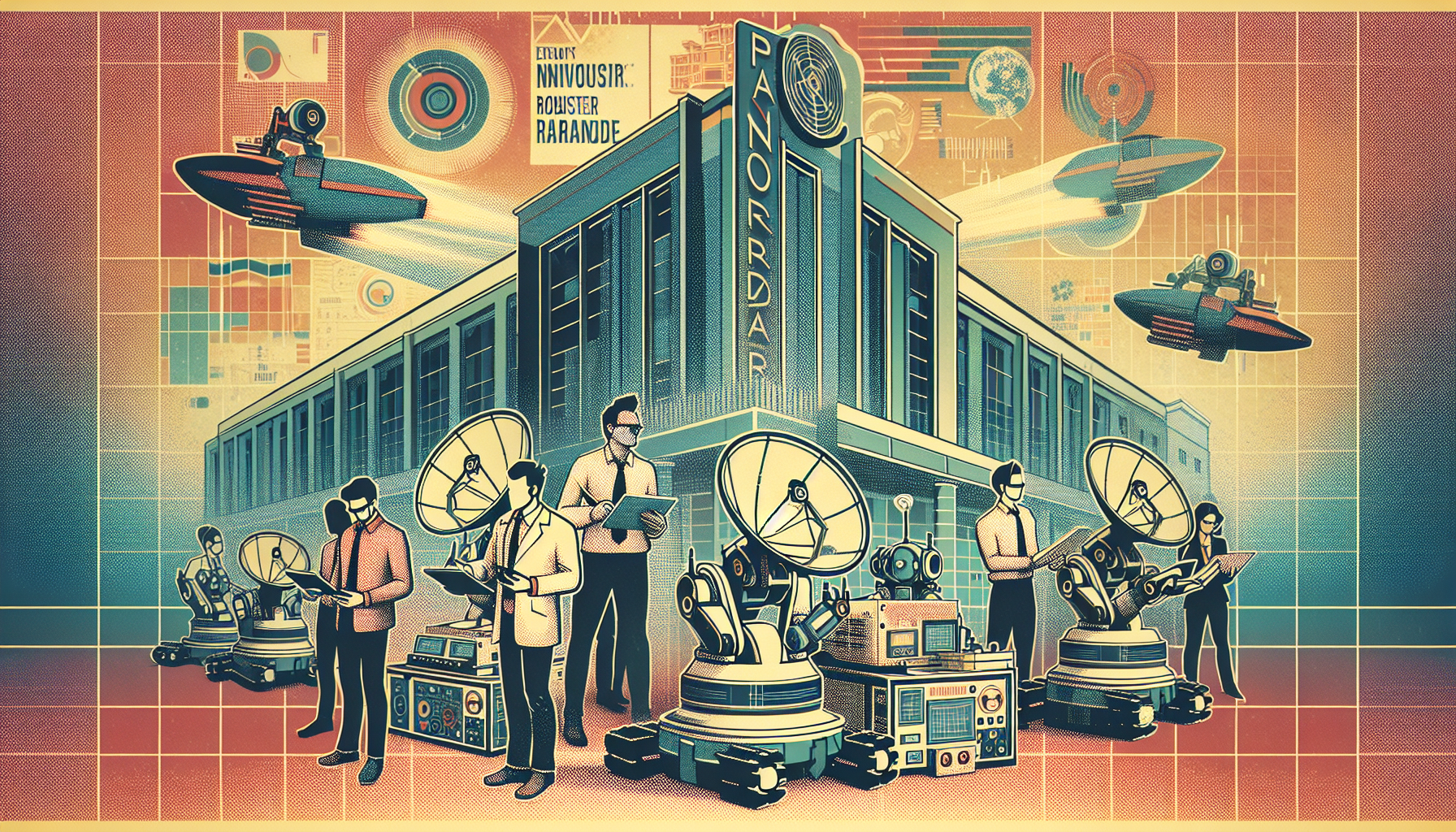In a remarkable leap for robotics and sensing technology, an ingenious team at the University of Pennsylvania’s School of Engineering and Applied Science has unveiled an eye-opening development: PanoRadar. This state-of-the-art system transcends the boundaries of conventional vision by using radio waves intertwined with sophisticated artificial intelligence (AI). The result? A power that bestows robots with vision beyond human capacity, allowing them to navigate intricately and interact effusively with their surroundings even amid the harshest conditions.
The Shortcomings of Conventional Sensors
Modern vision sensors like cameras and LiDAR have served us well under clear skies and bright lights. Yet, they falter when the atmosphere thickens or dims—whether due to smoke, fog, or nightfall. These sensors are light-reliant, and their performance plummets when light is scarce or scattered. Consequently, this has posed a formidable impediment to crafting resilient robotic perception systems.
The Wisdom of the Wilderness
PanoRadar takes a page from nature’s book, emulating how various creatures perceive their surroundings without depending on light. Consider bats, whose navigational prowess relies on sound echoes, or sharks, adept at finding prey through electric fields. By channeling these natural approaches, researchers crafted a unique system fit for conditions where conventional sensors would stumble.
The Inner Workings of PanoRadar
PanoRadar broadcasts radio waves, boasting wavelengths significantly longer than their light counterparts. These waves can sail through smoke, mist, and even some solids, offering penetration and clarity unlike anything human vision can attain. With a vertical array of rotating antennas, the system emits radio waves that return with echoes, reminiscent of a lighthouse sweeping its beam to outline the coastline and vessels.
Where PanoRadar truly shines is in its signal processing and machine learning finesse. Algorithms fuse data from myriad angles, honing in on imaging resolution comparable to that of LiDAR, all while trimming costs substantially.
Conquering Obstacles
An intricate hurdle faced by the team was preserving crystal-clear imaging amidst a robot’s movement. Even minor motion deviations could skew image clarity, prompting the researchers to devise algorithms with pinpoint precision, fusing data from diverse stances and angles.
Moreover, teaching the system interpretational skills was no small feat. By training an AI model with an assortment of LiDAR data, and correlating it to captured scenes, PanoRadar learned to recognize its surroundings with a deft accuracy that includes indoor locales with regular patterns.
Real-World Validation and Uses
PanoRadar’s prowess has shone through stringent real-world trials, whether in smoke-dense structures or fog-blanketed roads. Its aptitude in seeing through obscurants, pinpointing objects, and discerning glass barriers—invisible to LiDAR—extends its utility to domains like autonomous vehicles and perilous rescue operations.
A Glimpse into the Future
Rather than supplanting existing sensing modalities, the architects of PanoRadar aspire for synergy. Their ambition is to pair PanoRadar with cameras and LiDAR, crafting resilient, multi-faceted perception systems in robots. Such harmony could bolster robotic applications across a spectrum of sectors, spanning healthcare, logistics, and emergency response.
In summation, PanoRadar signifies an enthralling advance in robotic sight and sensor sophistication, bestowing robots the capability to perceive their environment with a precision and robustness once deemed unachievable. Harnessing radio waves fortified by AI heralds unforeseen opportunities, redefining what autonomous technology can achieve amid the uncertainties of challenging environments.

Leave a Reply